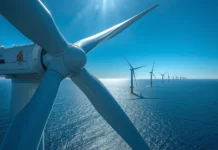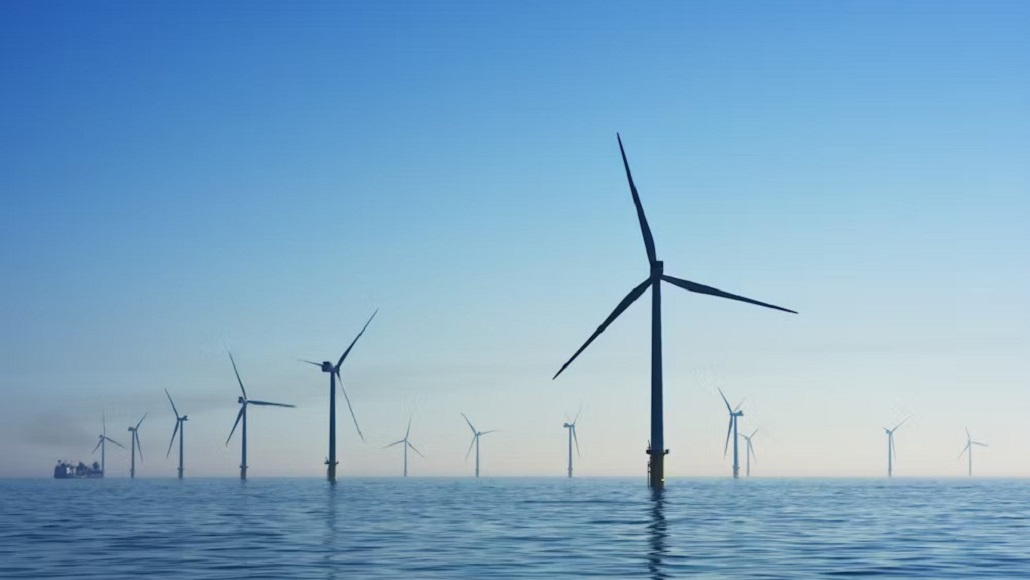A Chinese state-owned enterprise is preparing to install the UK’s largest wind turbines after the unveiling of plans for dozens of 900-foot structures off the Scottish coast.
SDIC Power, headquartered in Beijing, will carry out the project through its European subsidiary, Red Rock Renewables, at the proposed Inch Cape Wind Farm. The company has partnered with Irish utility ESB Energy to move the development forward.
Once completed, the site will become one of the country’s largest offshore energy projects and the UK’s largest wind turbines, located 11 miles from the Angus coast and visible from well-known tourist destinations such as Arbroath and St Andrews.
The development has been updated from its original design of smaller machines, with Danish manufacturer Vestas now supplying the significantly larger turbines. Measuring 919 feet from base to blade tip, five to six times the height of Nelson’s Column, the turbines will be seen across a radius of more than 35 miles, including views from the historic Old Course in St Andrews.
Inchcape Power, the joint venture between Red Rock Renewables and ESB, has confirmed the successful installation of the offshore substation and foundations that will support the 72 turbines. These structures are scheduled for installation in the coming months.
According to Xiaomeng Chen, chief executive of Red Rock Renewables, the completed Inch Cape Wind Farm will generate almost five terawatt hours of electricity annually, providing the equivalent power for half of Scotland’s homes. He said: “It’s fantastic to see the project making such strong progress.”
Red Rock Renewables, based in Edinburgh, is a subsidiary of SDIC Power Holdings, owned by China’s State Development and Investment Corporation. The venture highlights international cooperation in strengthening Scotland’s renewable infrastructure and energy security.
A spokesperson for Inchcape Power said that extensive environmental studies were conducted during the planning process, with results showing no significant negative impact on bird populations or local seascapes. The spokesperson added: “Inchcape carried out a thorough environmental impact assessment which concluded that no significant adverse effect is expected on local or regional bird populations. Inch Cape is far offshore with some of the turbines being visible on the far horizon for around 40pc of the time, with the visibility roughly equivalent to holding a matchstick at arm’s length.”
The Scottish Government has reinforced its commitment to the transition, stating: “Increasing renewable energy generation is critical to meeting our climate change targets, with climate change also being one of the biggest threats to Scotland’s biodiversity and health of its marine ecosystems. Any potential impacts on communities, nature and cultural heritage are considered robustly in the planning and decision-making process.”




































